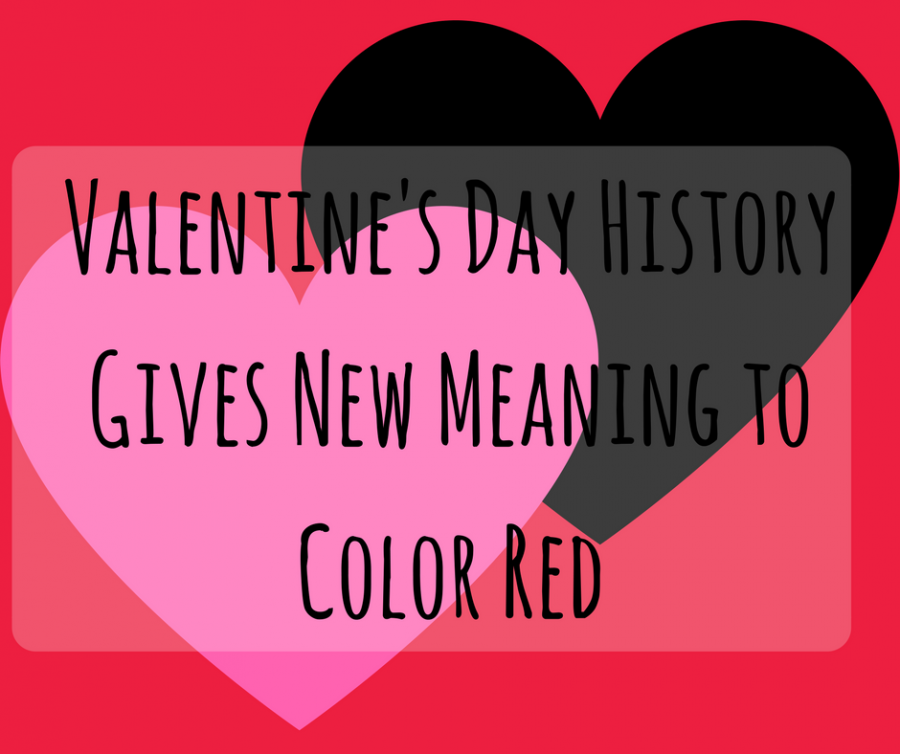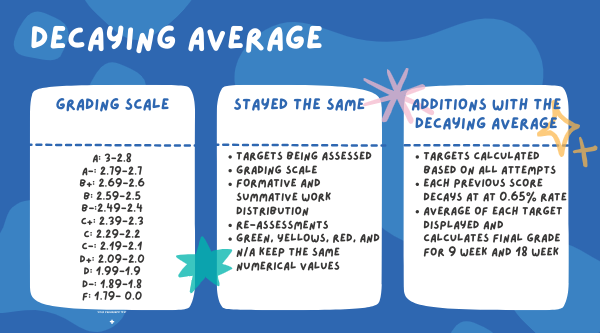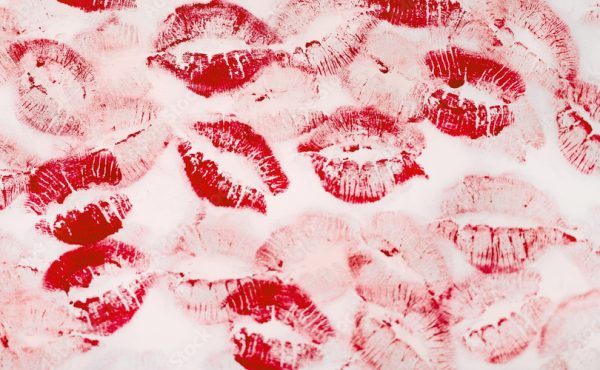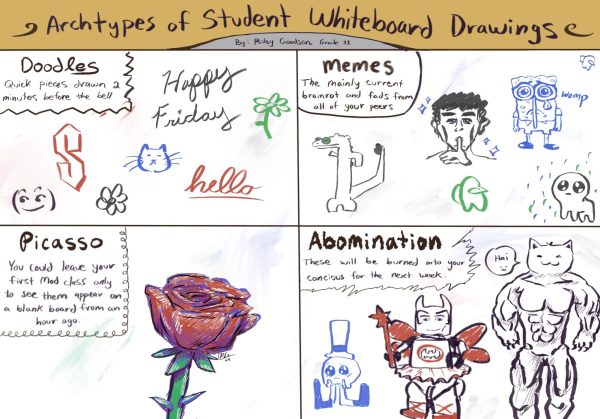Column: Valentine’s Day History Gives New Meaning to Color Red
Photo by: Charley
Does red even symbolize love any more? Or the blood?
For generations Valentine’s Day continues to be a day of true love for every age. From the paper valentine’s bought in a store given out in elementary classrooms to awkward middle schoolers attempting to find significant others to those cute retired couples you see holding hands across a table in a restaurant for the senior special. I grew up loving the idea of romance. When I say “love” I mean I really just enjoyed the candy my classmates gave me on the one day where everyone was judged by the quality of their valentines they gave out. Growing up, however, I have come to dread this day because of the awareness of my lack of a significant other. (And no more candy being given out.) Until I researched Valentine’s Day’s history.
According to NPR, Valentine’s Day started back with the glorious Romans out in fields worshipping their gods and Remus and Romulus, the founders of Rome, Italy. Historically, Romans would hold a cultural festival from Feb. 13 to 15 called Lupercalia. Men would sacrifice goats and dogs (Animal abuse was not a crime back then, apparently.), skin them, and whip the women with the hides of the animals slain. Noel Lenski, a historian at the University of Colorado at Boulder told NPR the Romans “were drunk. They were naked.” Take a second with me to imagine this scenario. A Roman man going out to sacrifice not just one animal, but two, and then stripping off his clothes to shown all his masculinity. Women would line up to get whipped by these animal hides which history.com mentions were covered in blood in order to become more fertile. You could not pay me a million bucks to get smacked by goat’s hide covered in its own blood in order to become fertile. I would be okay if I never had a child in my life just to avoid getting smacked.
The festival did not stop there, however, according to both NPR and history.com. After getting smacked, women would write their names on a piece of paper and place the paper in a big urn like in Harry Potter and the Goblet of Fire. Just imagine an angry mother coming running out like Dumbledore in the movie shouting, “Harry! Did you put your name in the Goblet of Fire?” Excuse me, “Henrietta! Did you put your name in the big urn?” Then the men would pick a name like Effie Trinket in The Hunger Games (except no volunteering as tribute) to be paired with his chosen woman for the rest of the festival. This festival usually ended in marriage because of what happened during it.
I cannot fathom living during the Roman times and seeing Feb. 13 coming up. Would I be excited or scared out of my mind? The festival would make my dating life much easier, but getting smacked with goat’s hide would gross me out. My writer mind, however, is on full overdrive trying to think of a way to make this into a story.
Despite the horrifying beginnings, Valentine’s Day is not the only holiday on Feb. 14 anymore. In Finland, Feb. 14 is considered Ystävänpäivä or Friendship Day, according to Huffington Post, which is “marketed as a celebration of friends and lovers.” My favorite alternate holiday, however, is SAD day which humorously expands to “Singles Awareness Day.” This day makes it okay for me to sit on my couch with popcorn, chocolate and junk food, covered in a nest of blankets watching pathetic Adam Sandler romantic comedies and Nicholas Sparks’ movies on Netflix in a marathon until the day is over.
In 2017, I urge all singles, couples and cute retirees to stay inside, cuddle up, and all watch those Netflix movies. Do not burden the rest of society with your love notes and cuteness. Unless you want to be my valentine. Then come join me on the couch.












Jacqui Beran • Mar 15, 2017 at 12:45 PM
Like Brandon, I did enjoy the history intertwined into this article. I feel as though people always discuss that Valentine’s day is a “hallmark holiday,” but no one ever plainly discusses its origins. The tone of the article helped establish a relationship to the author that made the audience feel more connected to the piece, and furthermore accepted in however they might perceive Valentine’s Day.
Brandon Diedrich • Mar 7, 2017 at 10:37 AM
I enjoyed how the author weaved in Valentine’s Day history and connected it to modern day. I definitely learned more about this holiday from the article and the author’s voice came through clear and concise. All sources are cited well and are used successfully to support the author’s main ideas.
Nicole Reitzner • Mar 6, 2017 at 10:55 PM
I thought the author’s voice, opinions, and humor shined in this article! It was still informational, however, and I feel as though I learned many things I did not know previously about Valentine’s Day. I especially liked the use of allusion with Harry Potter and The Hunger Games to make the article more interesting and relatable to high school readers.